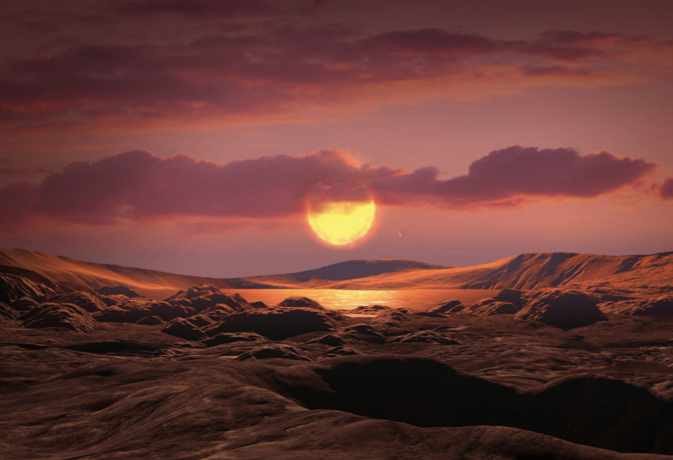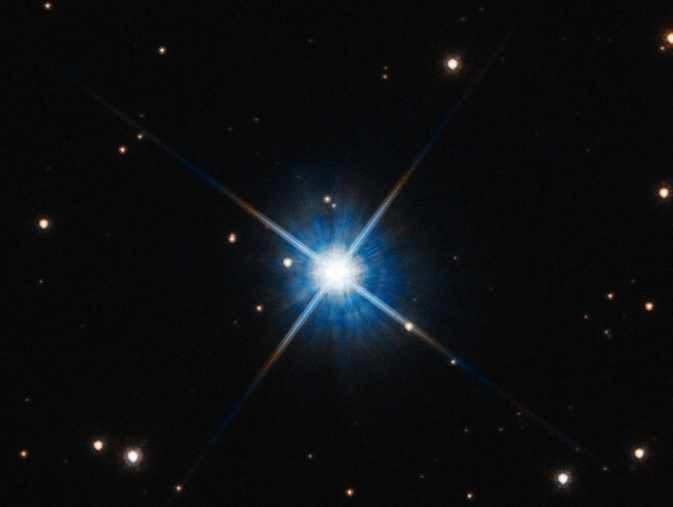
Earth 2.0?
An Earth-mass planet around red dwarf Wolf 1069 could be a new hot spot in the hunt for extraterrestrial life. The planet takes 15.6 days to orbit its star, meaning that if the planet has formed an atmosphere the surface temperature would be a habitable 13ºC, temperate enough for liquid water to pool on the surface.
Jupiter rules again
Twelve additional moons have been discovered around Jupiter, bringing its tally to 92. The moons are only 1–3km in size, but their discovery puts Jupiter back on top of the moon leader board after it was usurped in 2019 when a similar find brought Saturn’s total to 83. Turn to our feature to read more about JUICE’s exploration of Jupiter’s largest moons.
Damp squib supernova
Binary star system CPD-29 2176 has an unusually circular orbit, new observations reveal. This could indicate that when one of the stars went supernova it did so with a fizzle rather than a bang, having had much of its material stolen by its smaller companion. If so, the system could be extremely rare, one of just 10 in the Galaxy.

Lone star
The mass of a lone white dwarf has been measured for the first time without the help of a companion star by the Hubble Space Telescope. The white dwarf is a microlens, meaning its gravity bends the light from a background star. Using this bending to weigh LAWD 37, astronomers found it to be 0.56 the mass of our Sun.
Sky at Night presenter made chancellor
Maggie Aderin-Pocock, co-presenter of The Sky at Night, became University of Leicester’s chancellor on 1 March. Aderin-Pocock has a lifelong passion for education having grown up with undiagnosed dyslexia, and has gone on to demystify science for thousands of children over her career.
Twinkling black holes
The glowing disc of gas surrounding black holes appears to ‘twinkle’, fluctuating in brightness from day to day. A new study of 5,000 such discs suggests that turbulence and instabilities in the gravitational and magnetic fields could be the reason behind this flickering appearance.